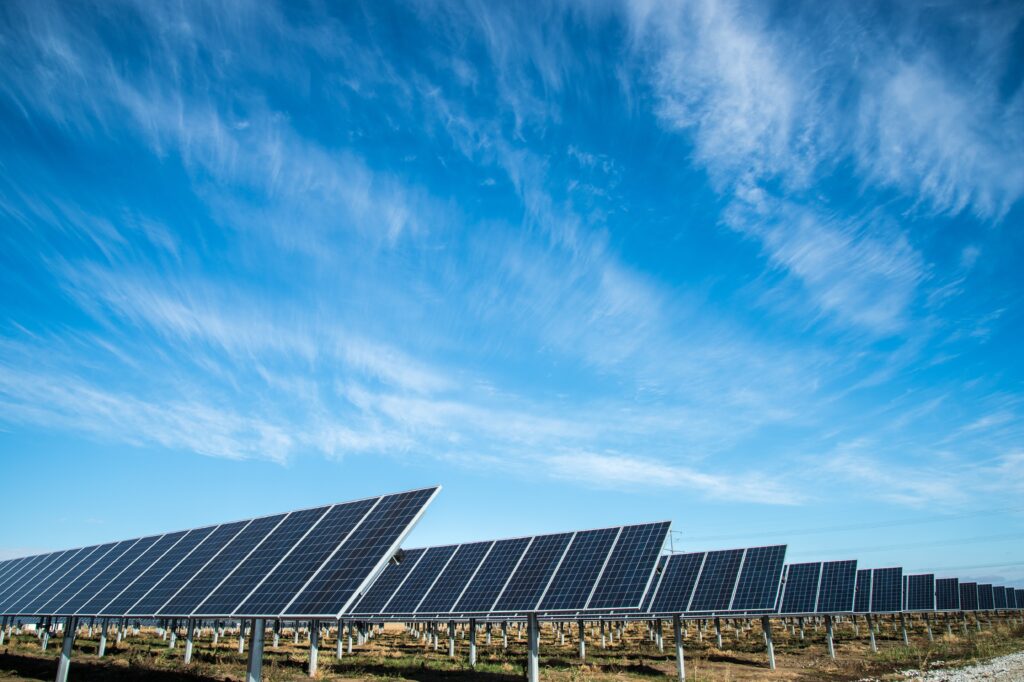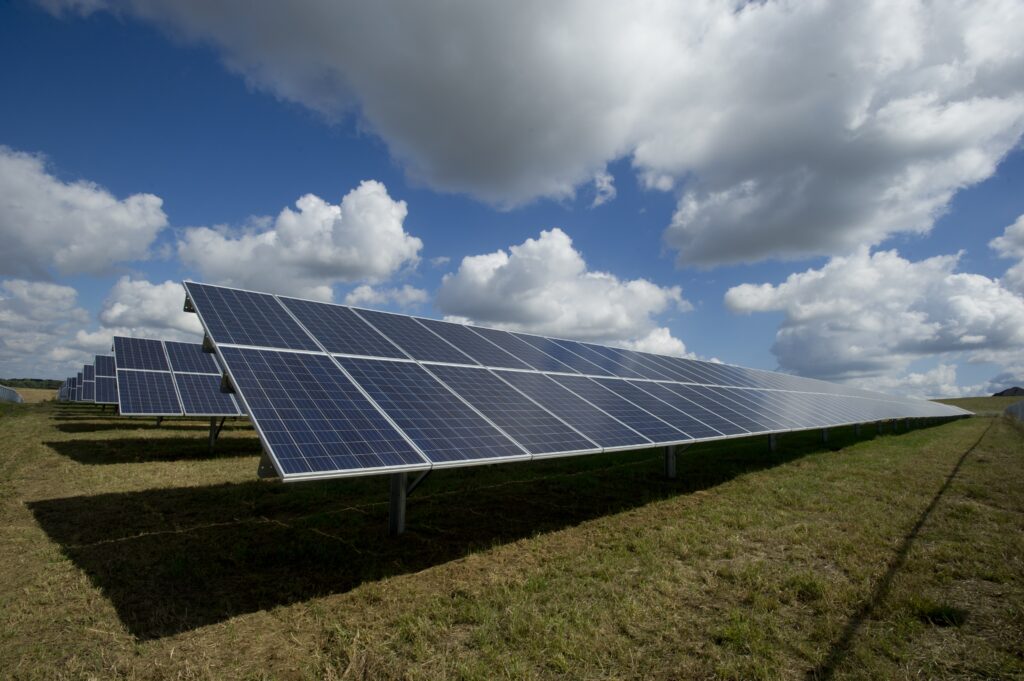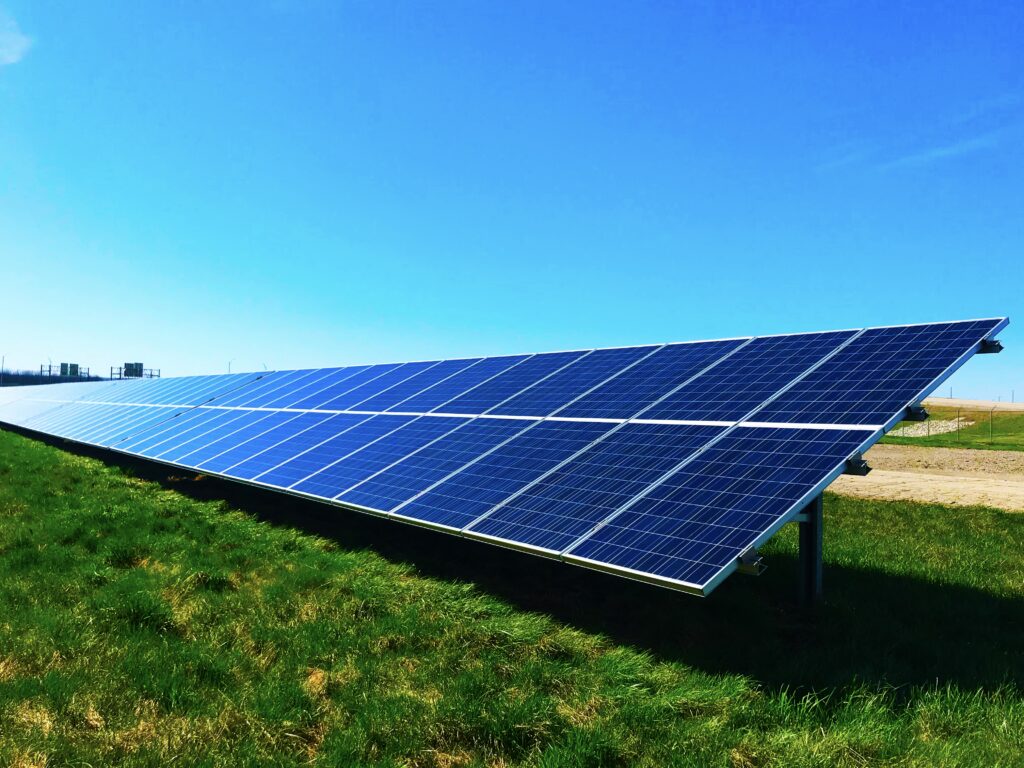Solar power has undoubtedly emerged as a promising and sustainable source of energy in recent years. Its numerous benefits, such as reducing carbon emissions and reducing dependence on fossil fuels, have made it an increasingly popular option for households and businesses alike. However, even with its remarkable advancements, one critical question remains: what is the biggest drawback to solar power? In this article, we will explore this concern and shed light on the challenges that still need to be addressed to fully harness the potential of solar energy.

Understanding Solar Power
Solar power is a renewable energy source that harnesses the energy emitted by the sun to generate electricity. It has gained popularity in recent years due to its numerous environmental and economic benefits. In this comprehensive article, we will explore various aspects of solar power, including its history, functioning, global adoption, initial costs, factors influencing efficiency, environmental impact, technology limitations, dependence on weather, materials and manufacture considerations, investment and payback period, and the issue of energy storage.
History of Solar Power
The utilization of solar power can be traced back thousands of years, with ancient civilizations using the sun’s heat for cooking and heating. However, it was not until the 19th century that significant advancements in solar technology began to take place. In 1839, Alexandre Edmond Becquerel discovered the photovoltaic effect, which laid the foundation for the development of solar cells. The first practical solar cell was introduced in the 1950s, and since then, solar power has seen remarkable progress in terms of efficiency and cost-effectiveness.
Functioning of Solar Power Systems
Solar power systems work by converting sunlight into usable electricity. The primary component of a solar power system is the solar panels, which consist of photovoltaic cells. When sunlight strikes these cells, it excites the electrons, generating a flow of electricity. This direct current (DC) is then converted into alternating current (AC) through an inverter, making it compatible with standard electrical appliances. The electricity generated can be used immediately or stored in batteries for later use.
Global Adoption of Solar Power
Solar power has experienced significant global adoption in recent years, with countries around the world recognizing the importance of transitioning to renewable energy sources. The increasing awareness of climate change and the need to reduce greenhouse gas emissions have been driving factors behind this widespread adoption. Countries like China, the United States, and India have emerged as leaders in solar power deployment, investing heavily in the installation of solar farms and incentivizing residential solar panel installations.
Initial Costs of Solar Power
While solar power offers long-term economic benefits, the initial installation costs can be a significant deterrent for many individuals and businesses looking to adopt this renewable energy source.
High Initial Installation Costs
One of the primary drawbacks of solar power is the high upfront costs associated with installing solar panels and related equipment. The cost of solar panels, inverters, and installation can vary depending on the size of the system and the complexity of the installation. Additionally, the cost of installation can be influenced by factors such as the availability of skilled labor and local regulations.
Associated Costs: Permits, Land Use
In addition to the equipment and installation costs, there are several associated costs that need to be considered when installing solar power systems. These costs include obtaining permits from local authorities, which can involve administrative fees and paperwork. The availability and cost of suitable land for large-scale solar farms are also factors that can affect the overall affordability of solar power projects.

Factors Influencing Solar Efficiency
Several factors can influence the efficiency of solar power systems, affecting their ability to generate electricity at maximum capacity.
Geographical and Seasonal Limitations
Solar power generation is influenced by geographical factors such as latitude, climate, and topography. Regions closer to the equator receive more direct sunlight and therefore have higher solar potential. Seasonal variations in weather conditions, including shorter days and increased cloud cover in winter, can also impact the efficiency of solar power systems.
Issues with Energy Storage and Power Grid Integration
The intermittent nature of solar power creates challenges in its integration with the existing power grid. Energy storage technology is crucial to ensure a reliable supply of electricity during periods of low sunlight or at night. Current energy storage solutions, such as batteries, have limitations in terms of capacity and cost-effectiveness. Integrating solar power into the power grid requires careful planning and coordination to ensure stability and efficiency.
Impact of Air Pollution on Efficiency
Air pollution can significantly impact the efficiency of solar panels by reducing the amount of sunlight reaching the surface. Particulate matter, such as smog or haze, can scatter and absorb sunlight, leading to a decrease in the output of solar power systems. This becomes particularly relevant in densely populated areas with high levels of air pollution, where the potential of solar power generation may be compromised.
The Environmental Impact
Solar power is often celebrated for its positive environmental impact, but it is crucial to consider its lifecycle emissions and potential impact on vulnerable ecosystems.
Lifecycle Emissions
Solar power is classified as a clean energy source because it produces no direct emissions during operation. However, emissions are generated during the manufacturing and disposal stages of solar panels and other components. The production of solar panels involves energy-intensive processes that can emit greenhouse gases and other pollutants. It is essential for solar power manufacturers to adopt sustainable practices and improve the carbon footprint of the production process.
In end-of-life stage
After their useful life, solar panels need to be properly disposed or recycled to minimize environmental impact. The recycling processes for solar panels are still evolving, and improper disposal can lead to the release of hazardous materials into the environment. Continued research and development in recycling techniques are necessary to ensure the sustainable end-of-life management of solar panels.
Potential Impact on Vulnerable Ecosystems
The large-scale installation of solar farms can have an impact on local ecosystems and habitats, particularly when located in sensitive areas. The clearing of land for solar farms can disrupt wildlife habitats and contribute to habitat fragmentation. It is essential for solar power projects to undergo thorough environmental assessments and implement mitigation measures to minimize their impact on vulnerable ecosystems.

Solar Technology and Efficiency Limits
While solar technology has advanced significantly, there are still limitations to its efficiency and challenges in further research and development.
Current Efficiency of Solar Panels
The efficiency of solar panels refers to their ability to convert sunlight into electricity. Currently, the average efficiency of commercially available solar panels ranges from 15% to 20%. This means that only a fraction of the sunlight falling on the panels is converted into usable electricity. Improving the efficiency of solar panels is an area of active research to maximize the electricity generation capacity of solar power systems.
Technological Limitations of Solar Cells
Solar cells are the building blocks of solar panels, and their efficiency is crucial for overall system performance. The efficiency of solar cells is limited by factors such as the type of semiconductor material used, the bandgap of the material, and the ability to capture a broad spectrum of sunlight. Overcoming these technological limitations requires ongoing research and innovation in materials science and engineering.
Research and Development Challenges
Advancing solar technology faces challenges in research and development. There is a need to develop new materials that are more efficient and cost-effective. Additionally, new manufacturing techniques and processes need to be explored to reduce the environmental impact of solar panel production. Collaboration between industries, governments, and research institutions is crucial to overcoming these challenges and unlocking the full potential of solar power.
Dependence on Weather
Solar power generation is dependent on weather conditions and solar variability, which can affect its reliability and consistency.
Solar Variability: Day/Night and Seasons
Solar power is available only during daylight hours, with no generation during nighttime. This variability due to day and night cycles necessitates the need for energy storage systems to ensure a continuous supply of electricity. Additionally, solar power generation can vary throughout the year, with reduced output during winter months, when days are shorter and cloud cover is more prevalent.
Effects of Weather Events on Solar Energy Generation
Extreme weather events, such as storms or heavy cloud cover, can temporarily disrupt solar energy generation. Severe weather conditions can reduce the amount of sunlight reaching the solar panels, leading to a decrease in electricity production. While these events may be infrequent, they highlight the need for backup power sources or energy storage systems to ensure uninterrupted supply during such periods.
Materials and Manufacture
The production of solar panels requires certain materials, including some categorized as rare earth elements, which can have specific environmental and social impacts.
Requirement of Rare Earth Elements
Rare earth elements, such as indium and tellurium, are crucial for the production of solar panels. These elements have unique properties that allow for efficient conversion of sunlight into electricity. However, the extraction and processing of rare earth elements can have significant environmental consequences. Responsible sourcing and extraction practices are necessary to minimize the impact of rare earth mining.
Environmental and Social Impact of Mining
The extraction of materials for solar panel production, including rare earth elements, can lead to environmental degradation if not properly regulated. Mining activities can contribute to deforestation, habitat destruction, water pollution, and soil erosion. Additionally, it is essential to address the social and human rights issues associated with mining, such as labor conditions and the rights of local communities.
Physical Space and Aesthetic Considerations
The installation of solar power systems can require significant space, both for commercial solar farms and residential applications, which can pose challenges and concerns for certain individuals or communities.
Space Requirements for Commercial Solar Farms
Large-scale solar farms require vast amounts of land for the installation of numerous solar panels. This can lead to concerns regarding land use, particularly in areas with limited available land. Proper planning and consideration of land use regulations, as well as community engagement, are essential in ensuring the sustainable development of commercial solar farms.
Residential Constraints and Aesthetic Concerns
Residential solar panel installations can be constrained by the available rooftop or ground space. In densely populated areas, the limited space may restrict the size of the solar power system that can be installed. Additionally, aesthetic concerns regarding the appearance of solar panels may arise, particularly in areas with specific architectural or community aesthetics. Adopting innovative design approaches and providing incentives for solar integration can help address these concerns.
Investment and Payback Period
While the initial costs of solar power systems can be high, they offer long-term economic benefits through reduced electricity bills and potential return on investment.
Capital Costs and Return on Investment (ROI)
The capital costs of installing a solar power system include the purchase and installation of solar panels, inverters, and additional equipment. While these costs can be substantial, they can be offset by reduced electricity bills over the system’s lifespan. Moreover, solar power systems can generate revenue by selling excess electricity back to the grid, potentially leading to a return on investment over time.
Understanding Payback Periods
The payback period refers to the time it takes to recoup the initial investment through energy savings. Factors such as the cost of electricity, system size, local incentives, and financing options can influence the payback period. Typically, residential solar power systems have payback periods ranging from 5 to 15 years, depending on these factors. Understanding payback periods is crucial for individuals and businesses considering solar power, as it helps assess the financial feasibility of the investment.
The Issue of Energy Storage
Energy storage plays a critical role in overcoming the intermittency of solar power and ensuring a reliable supply of electricity.
Limitations of Current Energy Storage Solutions
Batteries are currently the most commonly used energy storage solution for solar power systems. However, they have limitations in terms of capacity, efficiency, and lifespan. Batteries can be expensive and may require periodic replacements, adding to the overall cost of solar power systems. Research and development efforts are focused on improving battery technologies and exploring alternative energy storage solutions, such as hydrogen fuel cells and thermal storage systems.
Cost of Solar Energy Storage
The cost of energy storage systems can significantly impact the overall affordability of solar power. Currently, the cost of batteries remains relatively high, making energy storage a substantial investment. However, as technology advances and economies of scale are realized, the cost of energy storage is expected to decrease, making it more accessible for widespread adoption.
Technological Advances and Innovations in Energy Storage
The field of energy storage is undergoing rapid advancements, with ongoing research and development in various technologies. Promising innovations include advancements in battery chemistry, the development of flow batteries, and the exploration of new materials for energy storage. These technological advances have the potential to revolutionize energy storage systems, making them more efficient, cost-effective, and sustainable.
In conclusion, while solar power offers numerous environmental and economic benefits, there are several drawbacks and challenges that need to be addressed. The high initial installation costs, associated permitting and land use requirements, geographical and seasonal limitations, and issues with energy storage and grid integration can impact the efficiency, reliability, and affordability of solar power systems. The environmental impact of solar power, including lifecycle emissions, end-of-life management, and potential effects on vulnerable ecosystems, requires careful consideration and responsible practices. Technological limitations and research challenges also need to be overcome to maximize the efficiency and potential of solar power. Dependence on weather, materials and manufacture considerations, physical space and aesthetic considerations, investment and payback periods, and energy storage are additional factors that shape the viability and widespread adoption of solar power. By addressing and finding solutions to these drawbacks and challenges, solar power can continue to play a significant role in our transition to a sustainable and clean energy future.




